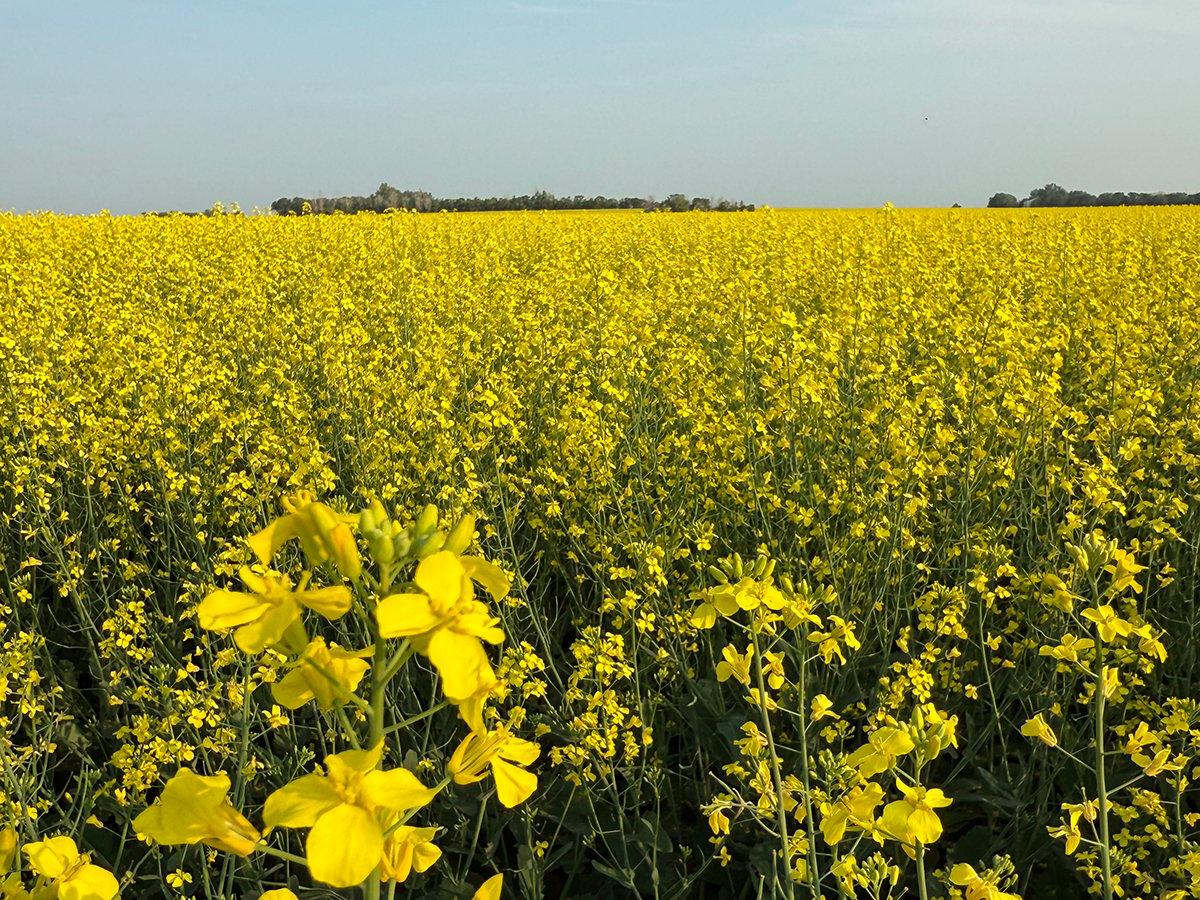Primary study objectives for 2011-15 are to assess:
Researchers are encouraged by the early results of a five-year irrigation water quality study, despite tests showing the presence of coliforms and pesticides.
Andrea Kalischuk, head of Alberta Agriculture’s water quality branch, said the 2011-15 study builds on data collected in 2006-07 and will become part of a baseline to compare future water quality levels.
Coliforms, pesticides and other content are expected in water used in this agriculturally intensive area.
“In general, the water quality in the irrigation districts is pretty good, which is what we thought, because the water that goes into the districts is from the main stem rivers and those have been monitored long term by Alberta Environment and generally those are pretty good.”
Read Also

Canola support gets mixed response
A series of canola industry support measures announced by the federal government are being met with mixed reviews.
Though Alberta’s 13 irrigation districts also test water quality, this study is the first to look at all districts using the same parameters and testing samples for the same things.
Water samples from irrigation systems were analyzed for nutrient content, salinity, metals, coliforms, chlorophyll and pesticides. These same tests, with a few modifications, will be done over the next four years.
Samples were collected upstream of irrigation districts, in main canals where source water enters, in secondary canals off the main canal, at return flow areas at the end of the irrigation system and in the river above and below return sites.
Coliforms are a major water quality concern, and last year’s test results showed E. coli concentrations were 10 times higher in irrigation returns compared to primary or secondary sites. Levels decreased over the course of the irrigation season.
The report said irrigation guidelines for fecal coliforms, which are set for safety reasons, were exceeded in 22 percent of the samples.
Kalischuk said most of these samples were from return sites.
“From a river perspective, those return flows are pretty minute and it gets diluted, but still there’s still a contribution.”
Chris Bolton, president of Benchmark Labs in Alberta, said discovery of E. coli should prompt the province to find the source and test for other pathogens that are also likely to exist. However, the report does not indicate that will be done.
“There is no mention of any work being done to trace source of contamination as recommended back in 2010 and there is no schedule of analysis for the 2012 season to include E. coli O157:H7, salmonella, listeria or any other commonly found pathogen that can negatively impact public health,” Bolton said in an e-mailed response to queries.
“This is odd, as the department of environment has been aware of its own findings of E. coli O157:H7 and salmonella in this irrigation canal system since 2003.”
Bolton released findings from his own research earlier this year, which indicated E. coli in southern Alberta waterways and raised the alarm about safety.
“It would have made sense for this five-year study to include these pathogens as part of their routine analysis,” said Bolton.
“Please also note that in failing to do so, Alberta now trails most G8 countries who require mandatory analysis for these pathogens in water.”
Water samples from last year’s provincial study showed 22 of 101 pesticides analyzed. At least one pesticide compound was found in 93.6 percent of samples.
Herbicides were most prevalent. Nineteen were detected, and of those 2,4-D was identified in 90 percent of samples containing pesticides. Dicamba was found in 33.6 percent, MCPA in 20.5 percent, mecoprop in 15.2 percent and simazine in 12.6 percent. All others were detected at two percent or less, the report said.
Of 199 samples tested, glyphosate was found in four and in all cases was at levels considered safe for livestock consumption.
“We were surprised, maybe a little bit, about that finding because our detections were much lower than we’d seen in a couple other studies that were done before,” Kalischuk said.
She said her department plans to make recommendations at the end of the five-year study.
“If there’s problem areas, we’re committed to try to figure that out and address those through land use change practices or BMPs (best management practices) as need be.”
Bolton said a 2006-07 water quality study also showed issues with return flows, but that hasn’t been add-ressed by the government. Continued analysis doesn’t determine root causes of contamination, he added.
“It is disappointing to note that despite the promise of ongoing measurement, there appears to be no plan to manage or control irrigation water quality in future,” Bolton said in an e-mail.
The federal guidelines for water quality for agricultural and livestock watering use are now under review.
- quality of source water used for irrigation and livestock watering
- changes in water quality as it travels through irrigation infrastructure
- differences in water quality among irrigation districts
- cumulative impact of irrigation returns on rivers
- quality of irrigation water for recreational use and protection of aquatic life
- relationships between land cover and water quality
- influence of water quality and environment on algae growth















